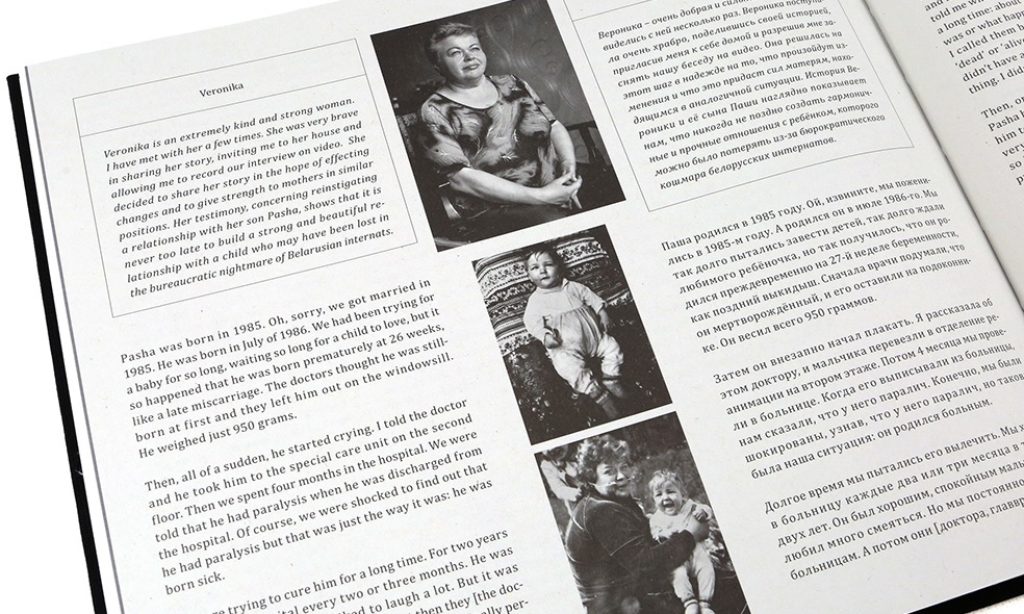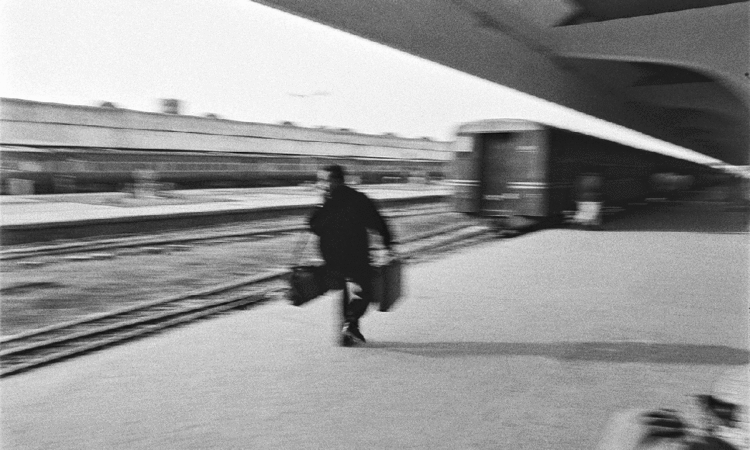Jadwiga Brontē (b.1986) is Polish photojournalist, documentary photographer and videographer, covering social and cultural issues around the World. Her work is a relationship between human identity, otherness and visual representation, all with traces of politics and humanity. Her latest project tells a story of hidden people living in Belarusian governmental institutions for disabled people and Chernobyl victims. Her story was widely published and presented in BBC World News. She gained her BA in Photography from Kingston University London and MA in Photojournalism and Documentary Photography from LCC/University of the Arts London. Jadwiga leaves and works in London.
Invisible People of Belarus is a documentary project about the lives of disabled people and Chernobyl victims living in governmental institutions in Belarus. These institutions are known as internats and function as something between an orphanage, asylum, and hospice. Internats often exhibit glaring deficiencies in terms of how they care for their residents: very little physical or educational therapy is offered; there are few opportunities for recreational activities; and the right to a private life is not respected, with romantic relationships between residents prohibited. Integration within the local community is virtually non-existent. Their location makes it difficult for the families that would like to stay in touch with their children to visit. Some are located in very rural areas and with almost no public transport links. All internats are either fenced off or walled. This separation stands as a metaphor for the way disability is thought about in Belarus: misunderstood and better shut away.
Buy here: jadwigabronte.bigcartel.com
Website: jadwigabronte.com

‘Free Labour’ Belarus 2015 – Ira and Lena, two residents working in a field. Some internats are partly self-sufficient. Patients are obliged to work in fields, to clean, and to cook. Although work – including agricultural and janitorial work – has positive physical and social effects on residents’ lives, it is widely acknowledged by internat staff and NGO workers that this labour fills a shortfall left by inadequate governmental funding.
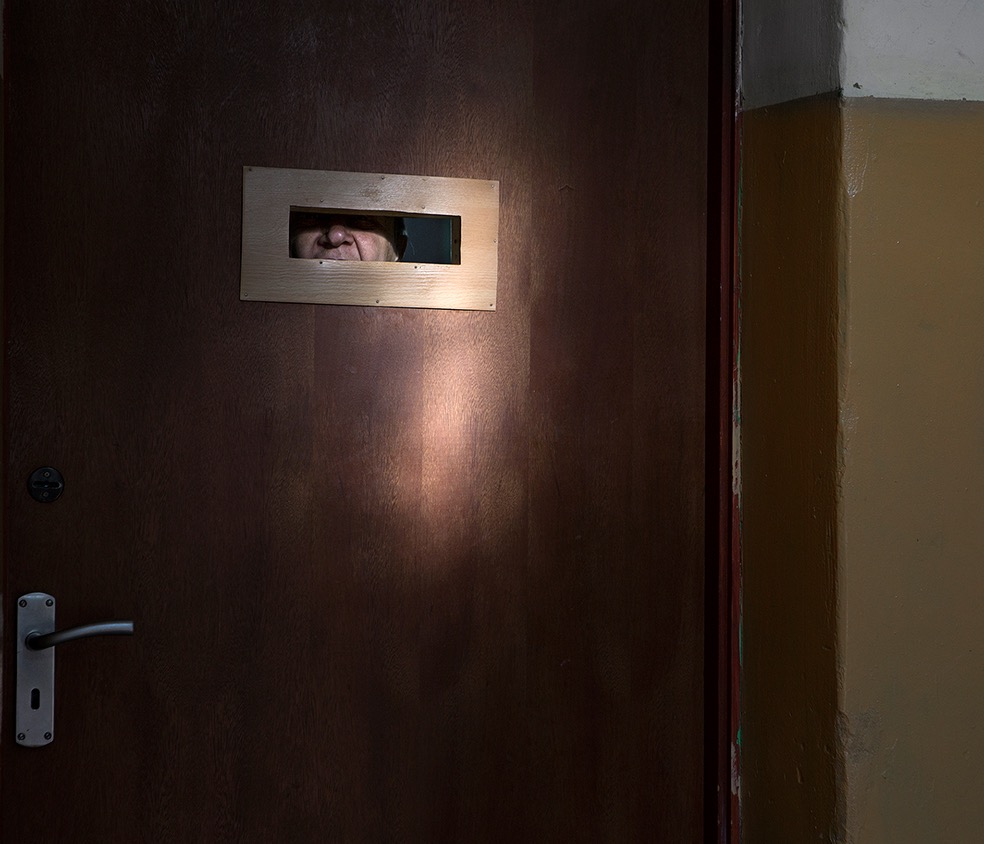
‘Vision Panel’ Belarus 2015 – Some of the older residents are locked in small rooms without windows. The tiny vision panel in the door is all they have. Unfortunately, the condition of internats for older residents is worse. Internats for these residents are below any acceptable norms of repair and residents are often treated without any respect.

‘Sveta’ Belarus 2015 – The aftermath of Chernobyl has not yet passed. Every year, children are born with intellectual and physical deficiencies caused by the disaster of 1986. It’s not easy to directly link particular cases with radiation. Statistics are the stronger proof of it.I developed a strong bond with Sveta. An incredibly articulate young woman, she is extremely confident when it comes to how she looks. Any opportunity to take a selfie with me, and she would jump at the chance. Sveta could not talk until she was five. Operations were needed to repair her cleft palate and she still talks with a lisp. An NGO worker told me that her right eye is potentially fully functional and that her face, eyes, and vision could be completely restored after thirty expensive and painful operations. Even if Sveta decided that the operations were worthwhile – something that she would be perfectly capable of doing – there is no possibility of such procedures being funded by the state.

‘Lyosha’ Belarus 2015 – This autistic boy is very active and inpatient, however in front of a camera he would calm down immediately. He loved the light of the flash and would pose perfectly still until it fired.

‘Ira and the Doll’ Belarus 2016 – Personal belongings are very important for the residents. They love to be photographed with them.
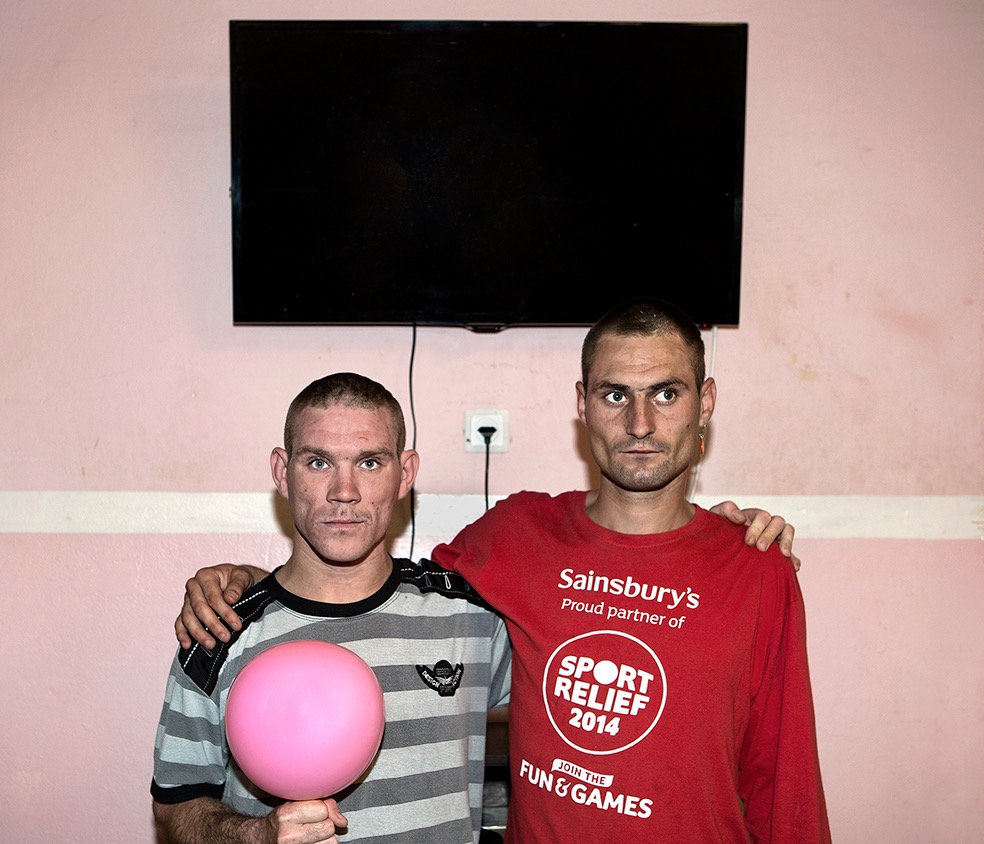
‘Pink balloon’ Belarus 2015 – It is very interesting to see what residents choose to be photographed with. Their cooperation is crucial in deciding how they would like to be represented. Having a TV is a luxury for some, and something to be proud of.

Invisible People of Belarus © Jadwiga Bronte

Invisible People of Belarus © Jadwiga Bronte
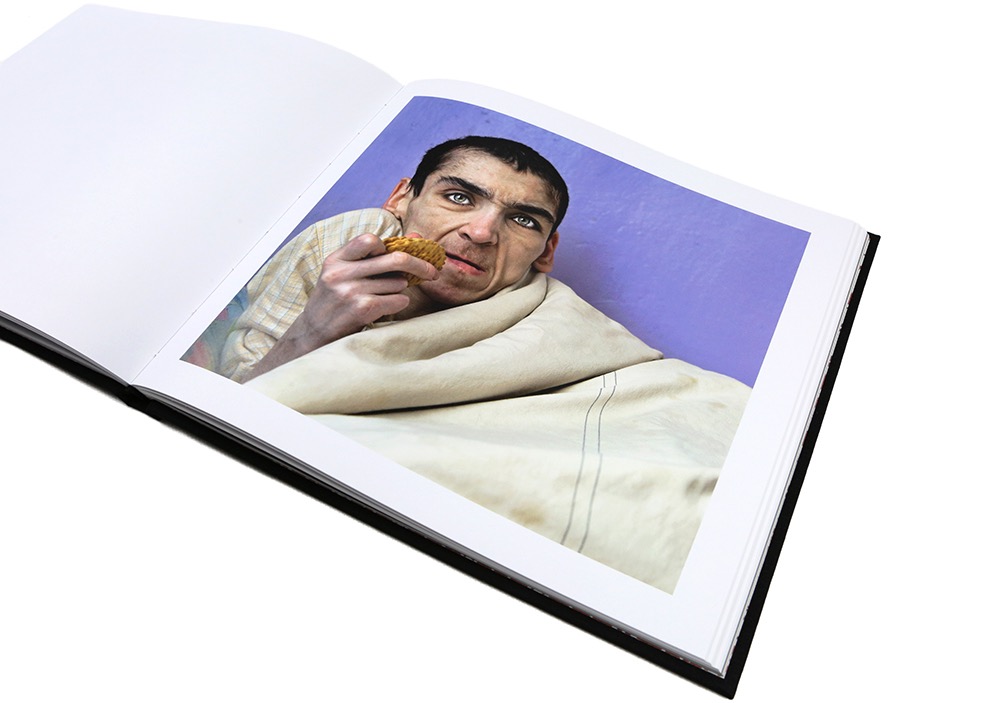
Invisible People of Belarus © Jadwiga Bronte

Invisible People of Belarus © Jadwiga Bronte
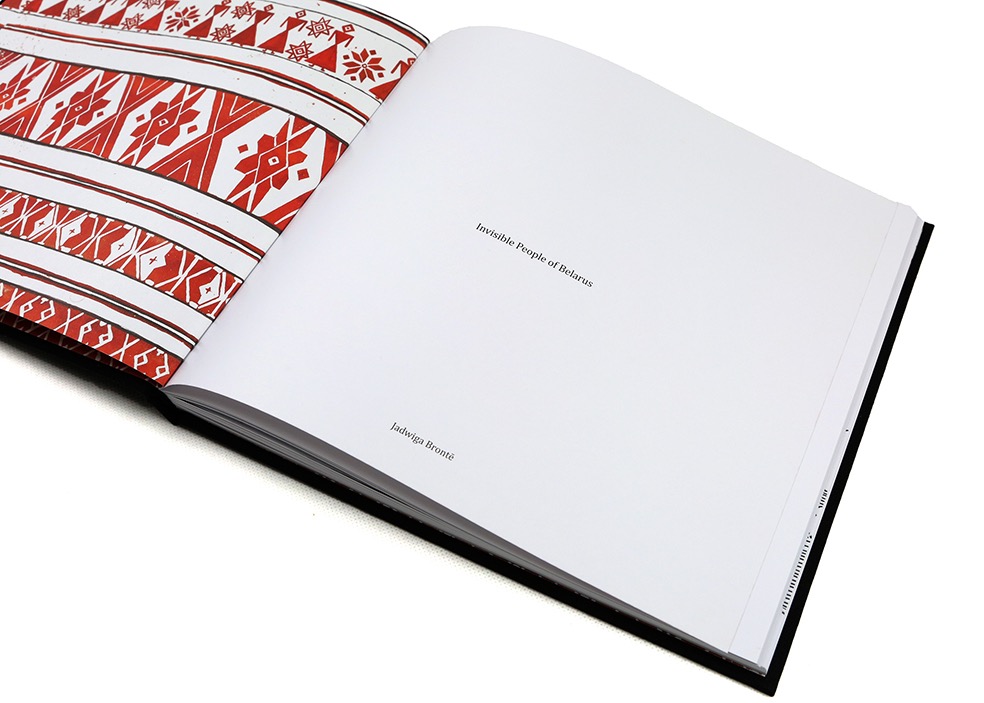
Invisible People of Belarus © Jadwiga Bronte

